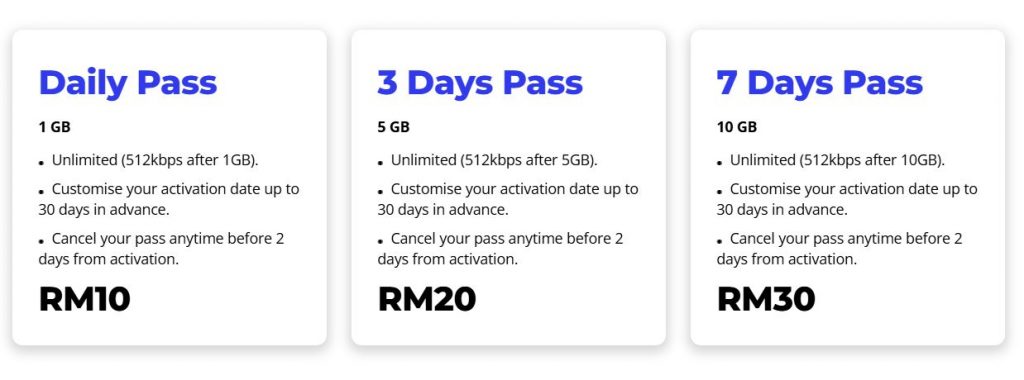Google recently released Android 14 for the range of Pixel smartphones and devices, this guide is designed to show you how Android 14 is different from Android 13. Android 14 is the latest version of Google’s mobile operating system, and it’s packed with new features and improvements. While Android 13 was a solid release, Android 14 takes it to the next level.
Android 14 key features:
- Improved font size and display text settings.
- Lock screen customizations.
- New battery saving mode.
- Improved privacy and security features.
- Support for lossless audio formats.
- New APIs for developers.
Here’s a detailed look at how Android 14 is different from Android 13:
New features
- Improved font size and display text settings: Android 14 now offers 200% font scaling, up from 130% in Android 13. It also uses nonlinear scaling, ensuring that headings and other already enlarged text won’t become disproportionately larger. This makes the text more readable for users with vision impairments.
- Lock screen customizations: Android 14 adds more customization options for the lock screen, including different clock styles and the ability to add widgets.
- New battery saving mode: Android 14 introduces a new battery saving mode that’s designed to extend battery life even further. This mode restricts certain background activities and reduces display brightness.
- Improved privacy and security features: Android 14 includes a number of new privacy and security features, such as the ability to grant apps partial access to your photos and videos, and the ability to block older apps from being installed.
Other changes
Support for lossless audio formats: Android 14 gains support for lossless audio formats, such as FLAC and ALAC. This provides a better audio experience for audiophiles.
New APIs for developers: Android 14 includes a number of new APIs for developers, such as the ability to create custom lock screen widgets and the ability to use new Bluetooth features.
Overall, Android 14 is a significant upgrade over Android 13. It offers a number of new features and improvements that make it more user-friendly, secure, and powerful.
Here are some additional details about some of the new features and changes in Android 14:
Improved font size and display text settings
The new font size and display text settings in Android 14 are a welcome improvement for users with vision impairments. The ability to scale fonts up to 200% makes the text much more readable, and the nonlinear scaling prevents headings and other large text from becoming too large.
Lock screen customizations
The new lock screen customization options in Android 14 are a great way to add personality to your phone. You can now choose from different clock styles and add widgets to the lock screen. This makes it easier to access important information at a glance, and it gives you more control over the look and feel of your phone.
New battery saving mode
The new battery saving mode in Android 14 is a great way to extend battery life, especially if you’re a heavy user of your phone. This mode restricts certain background activities and reduces display brightness, which can help you get more out of a single charge.
Improved privacy and security features
The new privacy and security features in Android 14 are a welcome addition to the platform. The ability to grant apps partial access to your photos and videos is a great way to give apps the access they need without giving them full access to your media library. The ability to block older apps from being installed is also a good security measure, as older apps may not have the latest security patches.
Support for lossless audio formats
The support for lossless audio formats in Android 14 is great news for audiophiles. Lossless audio formats provide a better audio experience than traditional compressed audio formats, such as MP3. This is because lossless audio formats don’t lose any quality during the compression process.
New APIs for developers
The new APIs for developers in Android 14 give developers more tools to create innovative and powerful apps. The ability to create custom lock screen widgets is a great example of this. It allows developers to create widgets that provide users with quick and easy access to important information and functionality.
Overall, Android 14 is a significant upgrade over Android 13. It offers a number of new features and improvements that make it more user-friendly, secure, and powerful. If you have an Android device, be sure to upgrade to Android 14 as soon as it’s available. So far it has only been released for Google Pixel devices, it should also be released by a range of other smartphone manufacturers soon. If you have any comments, tips, or questions, please let us know in the comments section below. You can find out more information about Android 14 at the link below.
Source Google
Filed Under: Android News, Guides, Technology News
Latest togetherbe Deals
Disclosure: Some of our articles include affiliate links. If you buy something through one of these links, togetherbe may earn an affiliate commission. Learn about our Disclosure Policy.




